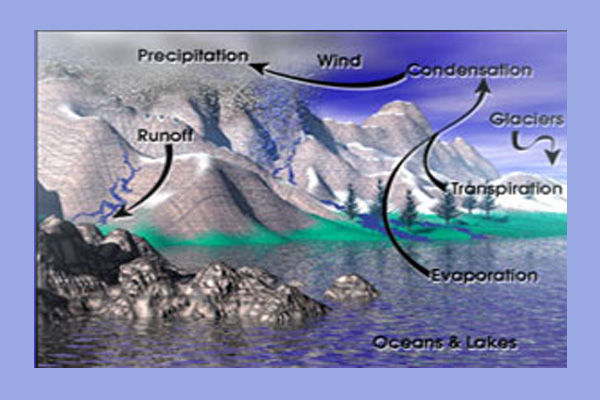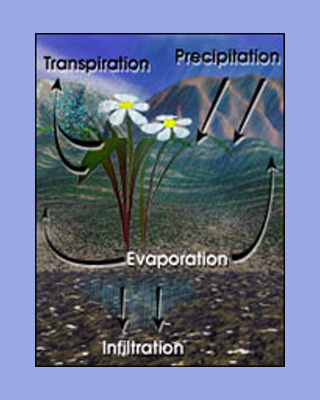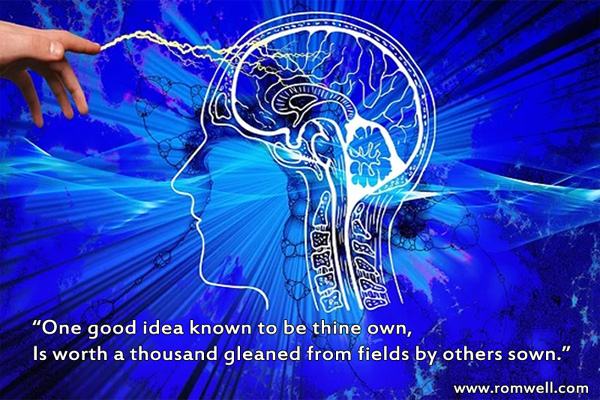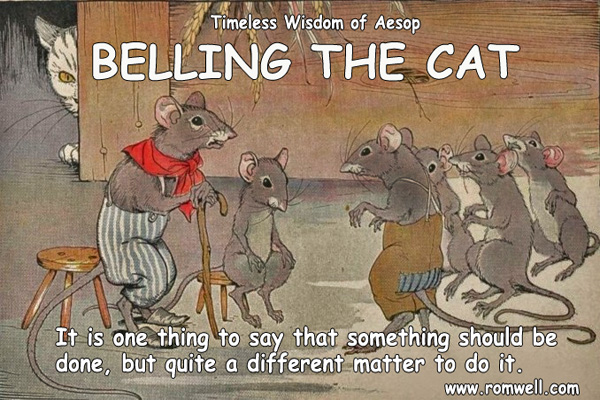Education
Hydrologic Cycle - A Multi Phased Journey
The hydrologic cycle describes the pilgrimage of water as water molecules make their way from the Earth's surface to the atmosphere, and back again. This gigantic system, powered by energy from the sun, is a continuous exchange of moisture between the oceans, the atmosphere, and the land.
In the hydrologic cycle, individual water molecules travel between the oceans, water vapor in the atmosphere, water and ice on the land, and underground water.
Studies have revealed that the oceans, seas, and other bodies of water (lakes, rivers, streams) provide nearly 90% of the moisture in our atmosphere. Liquid water leaves these sources as a result of evaporation, the process by which water changes from a liquid to a gas.
In addition, a very small portion of water vapor enters the atmosphere through sublimation, the process by which water changes from a solid (ice or snow) to a gas. (The gradual shrinking of snow banks, even though the temperature remains below the freezing point, results from sublimation.) The remaining 10% of the moisture found in the atmosphere is released by plants through transpiration. Plants take in water through their root systems to deliver nutrients to their leaves, then release it through small pores, called stomates, found on the undersides of their leaves. Together, evaporation, sublimation, and transpiration, plus volcanic emissions, account for all the water vapor in the atmosphere. While evaporation from the oceans is the primary vehicle for driving the surface-to-atmosphere portion of the hydrologic cycle, transpiration is also significant. For example, a cornfield 1 acre in size can transpire as much as 4000 gallons of water every day.
ROUGHLY ONE THIRD OF THE EARTH'S ANNUAL PRECIPITATION THAT FALLS ON THE CONTINENTS RUNS OFF INTO THE OCEANS
After the water enters the lower atmosphere, rising air currents carry it upward, often high into the atmosphere, where the air cools and loses its capacity to support water vapor. As a result, the excess water vapor condenses (i.e., changes from a gas to a liquid) to form cloud droplets, which can eventually grow and produce precipitation (including rain, snow, sleet, freezing rain, and hail), the primary mechanism for transporting water from the atmosphere back to the Earth's surface.
TRANSPIRATION
Plants return water to the atmosphere through transpiration. In this process, water evaporates from pores in the plant's leaves, after being drawn, along with nutrients, from the root system through the plant.
Related Links:
Browse Quotes and Proverbs...
Cool Quotes Vol. 1
If silence is golden, then speech is platinum...
Cool Quotes Vol. 2
If you are too careful, you are so occupied in being...
Cool Quotes Vol. 3
The only time to eat DIET FOOD is while you're waiting...
Wise Old Sayings
One today is worth two tomorrows...

Education
Discover where the capital of the United States has been located...Aesop, the Father of the Fable
Although Aesop's existence remains unclear and no writings by him survive, numerous tales credited to him were gathered across the centuries and in many languages and are now collectively known as Aesop's Fables. Most fables were originally aimed at adults and many of the tales are characterized by animals and inanimate objects that speak, solve problems, and generally have human characteristics in a popular storytelling tradition that continues to this day.












